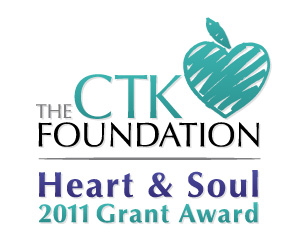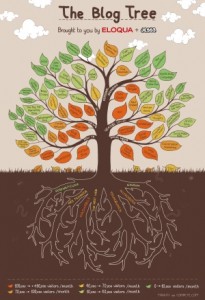 Self-promotion is all the rage in social media publishing these days, with titles like Stephen Van Yoder’s 2nd edition of Get Slightly Famous, Jorge Olson’s Unselfish Guide to Self-Promotion and Dan Schawbel’s Me 2.0 hitting the market in just the last few months.
Self-promotion is all the rage in social media publishing these days, with titles like Stephen Van Yoder’s 2nd edition of Get Slightly Famous, Jorge Olson’s Unselfish Guide to Self-Promotion and Dan Schawbel’s Me 2.0 hitting the market in just the last few months.
I haven’t had a chance to read many of these volumes in any depth yet, but I did make it a point to pick up Scott Kirsner’s Fans, Friends and Followers when it arrived in the mail. Two reasons:
- Kirsner is an accomplished journalist who knows how to tell stories, and I think stories are the essence of learning.
- He’s a tight and efficient writer, so I knew that the 183 pages would be time well spent.
I wasn’t disappointed. Fans, Friends And Followers is packed with useful information about how to create a following online and possibly quit your day job. Kirsner, who writes extensively about film for a variety of publications as well as his own CinemaTech blog, did his homework, conducting dozens of conversations with successful artists who have created enthusiastic followings and featuring their words in a section of first-person narratives interviews that make up the majority of the book. He distills their experiences into 35 pages of advice about how to maximize your search visibility, use low-cost promotional channels and distribute products cheaply
And in the best tradition of practicing what one preaches, Kirsner self-published in both print and digital form and has taken responsibility for marketing the title himself.
Self-publishing shaved months off the production process. “I’d say about half [the books I receive from publishers] have gone stale by the time they get into my hands,” he told me in an e-mail exchange. Not only that, but authors can make considerably more money off of self-published books than those produced by commercial publishers if they promote them well.
I had heard of only a few of the people I met in Fans, Friends And Followers, but that doesn’t matter. These people have built legions of followers through hyper-efficient and inexpensive word-of-mouth marketing juiced by digital tools. The artists profiled here have little in common other than their ambition to chase a dream and the street sense to double down on opportunities. Some have made the jump to semi-stardom, like Richard Cheese and his band, Lounge Against the Machine. Most, however, are content with small but passionate groups of followers who provide just enough income for them to develop their talents. Not everyone in this book is making a living as an artist, but most are coming pretty close.
Audience Connection

Scott Kirsner
Another thread that runs through these interviews is a remarkable connection these artists have with their audiences. That’s because the tools they use, which range from e-mail lists to Facebook groups to fan-based distribution networks, are so easy to develop today compared to a few years ago. In contrast with the recording or film industry megastars, these people are almost addicted audience feedback.
Singer-songwriter Jonathan Coulton, for example, actually asks fans to sign a log book if they want him to come to their city. While planning a trip to Seattle, he messaged local fans that he was having difficulty finding a place to perform. Within 24 hours, a half dozen volunteers had come forth to help.
Many of the artists Kirsner profiles publish their own work and sell them out of their homes or through fulfillment services. There’s a nice section on how to do this, and the trade-offs of distributing through various means.
Fans Friends And Followers is clearly targeted at the struggling artist who has to do as much as possible with very little. If you want to learn how to market your business, there are other books better for that. Not many of the people in this book are getting rich, but all are getting by and they’re having a wonderful time doing something they love.
Kirsner thinks wealth will be in the picture pretty soon. “In the near-term, the ‘pots of gold’ will definitely come from people who get signed to make records for big labels or movies for big studios,” he wrote. “But over the longer term, I do think you’ll see people who figure out a mix of projects that…get the best of both worlds.”
 OK, so I didn’t miss my calling as a poet. But if you’re a nonprofit organization in the U.S., U.K. or Canada, and if you can tell your story poetically, you can win up to $10,000 from the CTK Foundation’s Heart and Soul Grant Competition.
OK, so I didn’t miss my calling as a poet. But if you’re a nonprofit organization in the U.S., U.K. or Canada, and if you can tell your story poetically, you can win up to $10,000 from the CTK Foundation’s Heart and Soul Grant Competition.

 In
In  Dave Balter knows a thing or two about brand advocacy, and his experience may turn some of your assumptions about brand relationships on their head.
Dave Balter knows a thing or two about brand advocacy, and his experience may turn some of your assumptions about brand relationships on their head.

 If you watch the
If you watch the